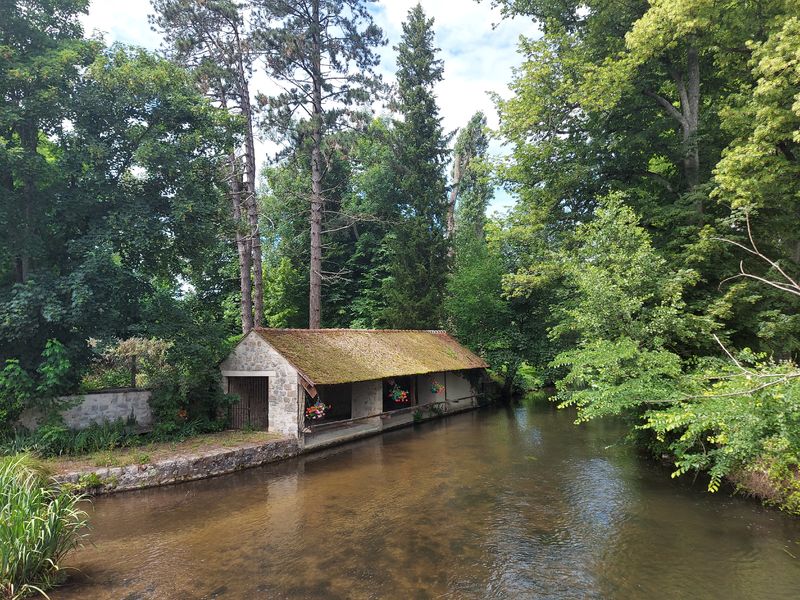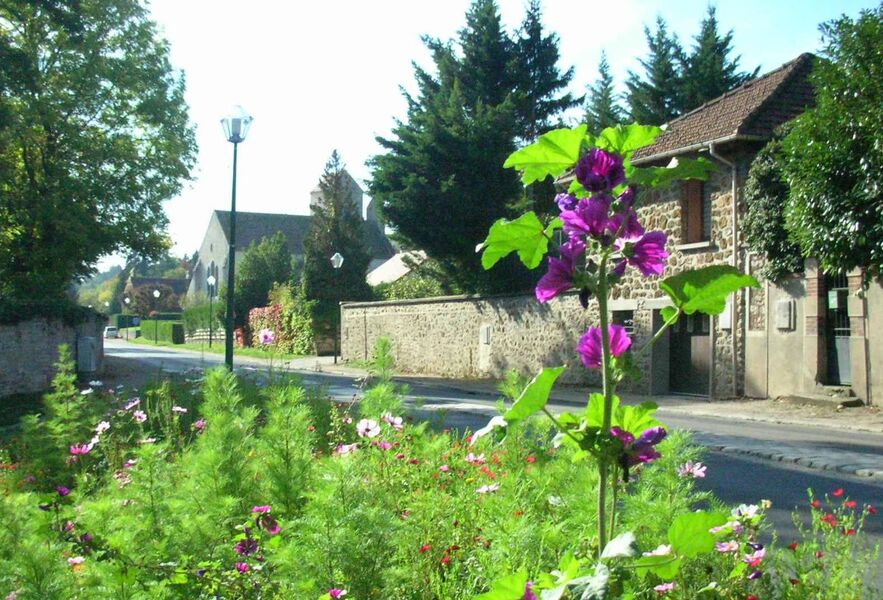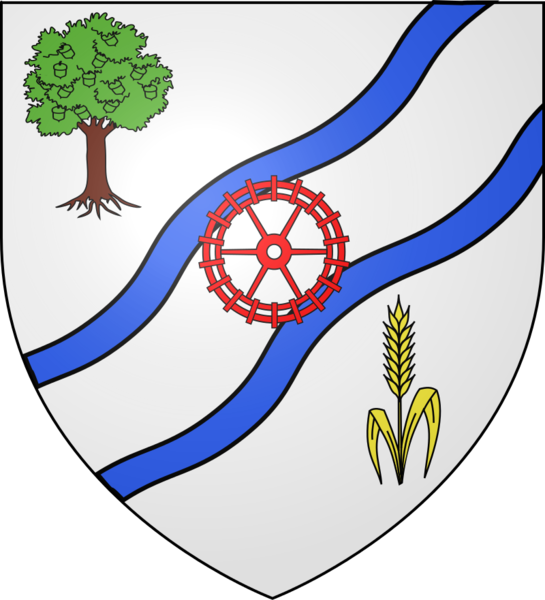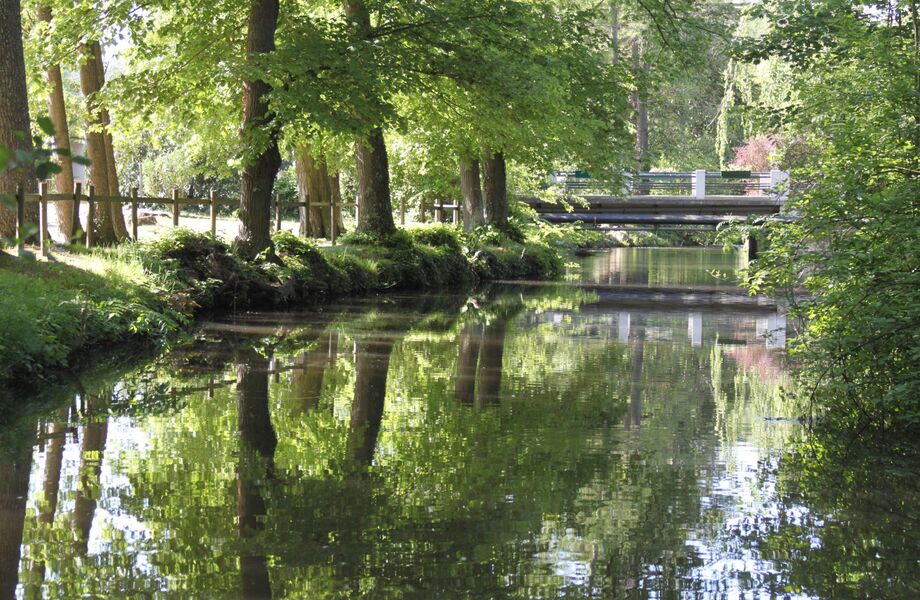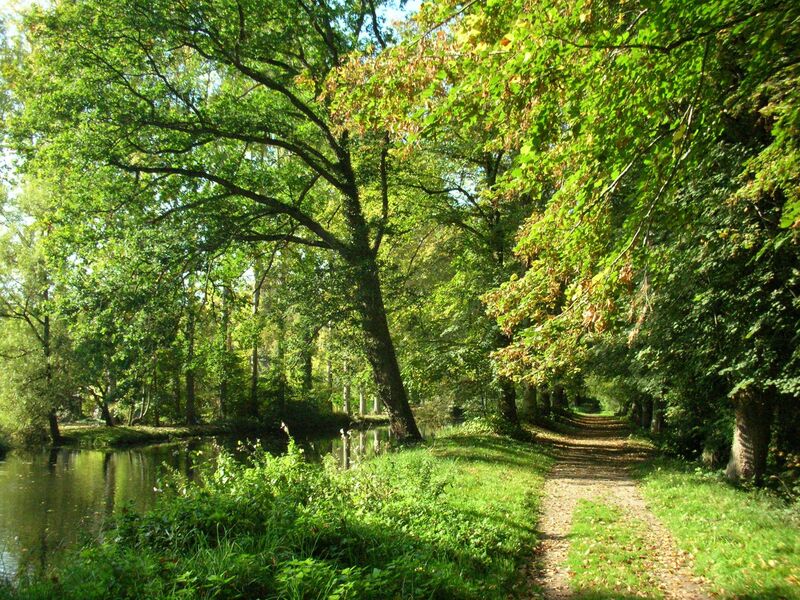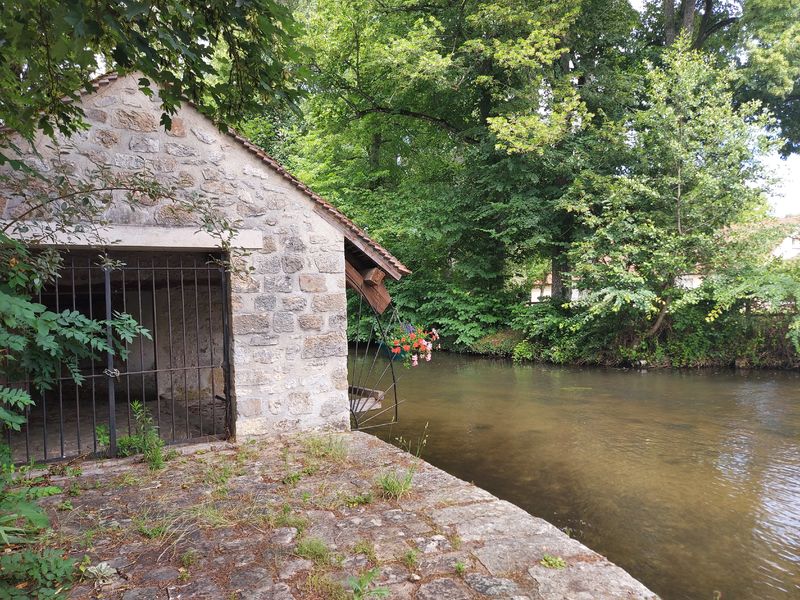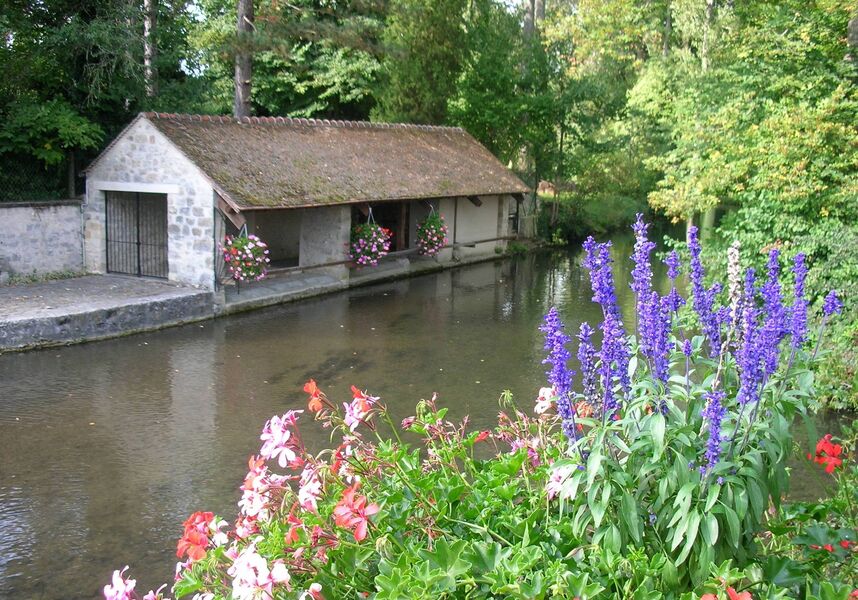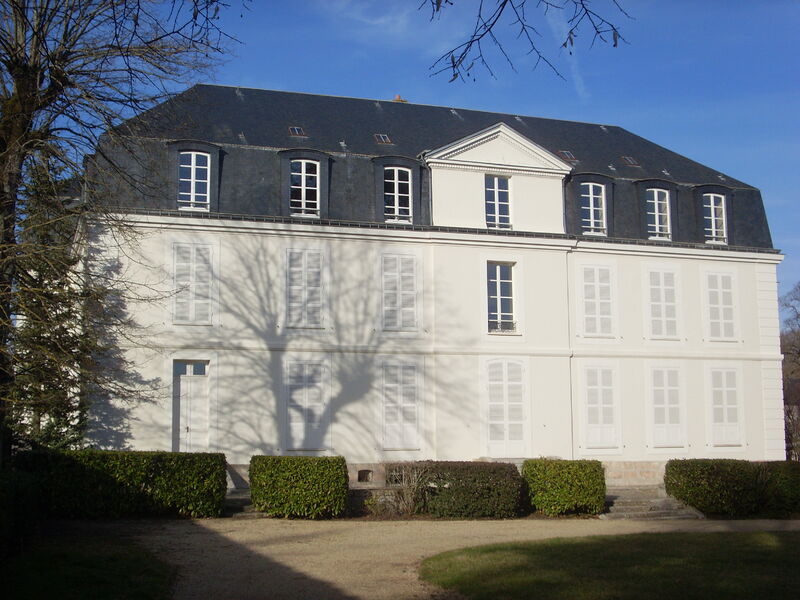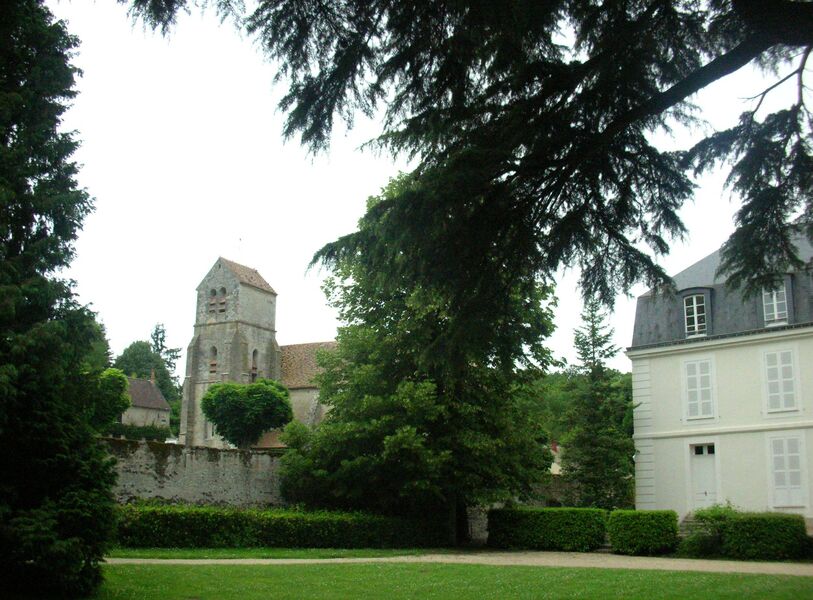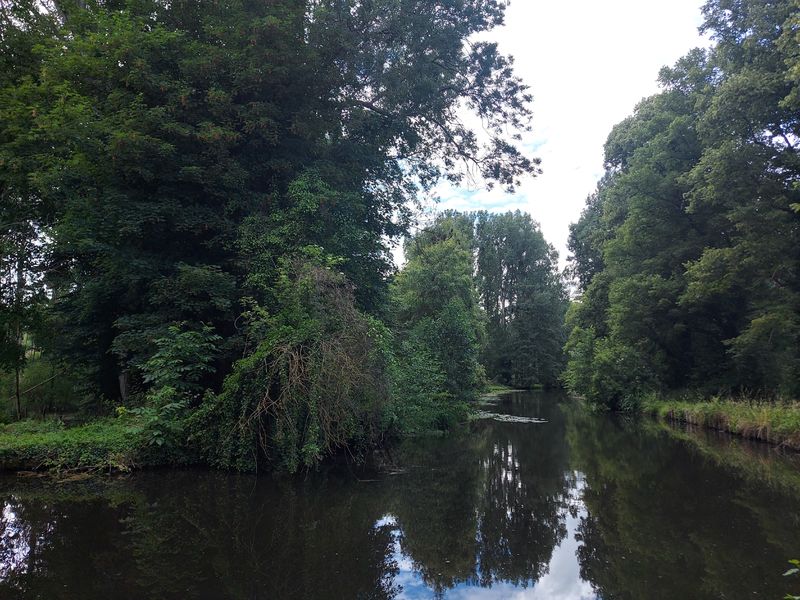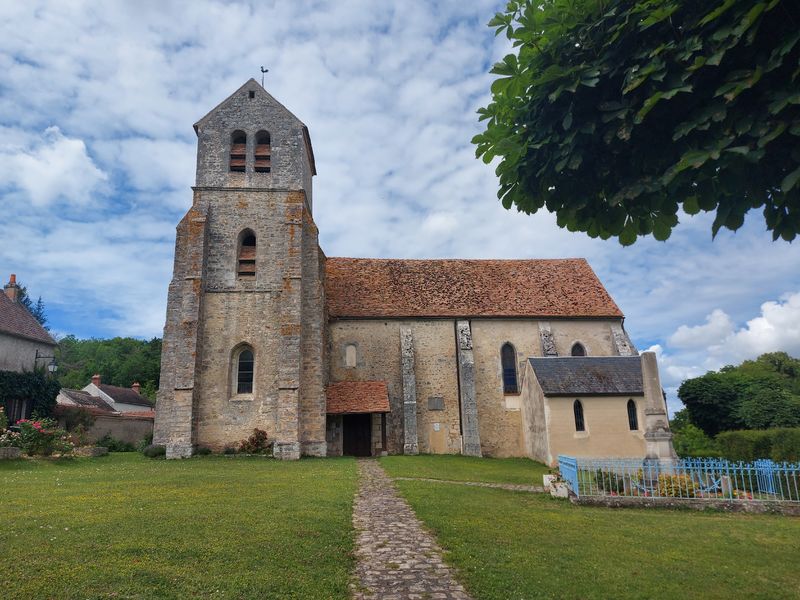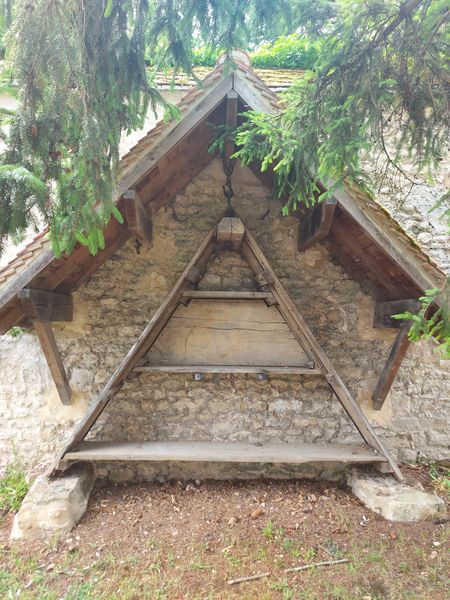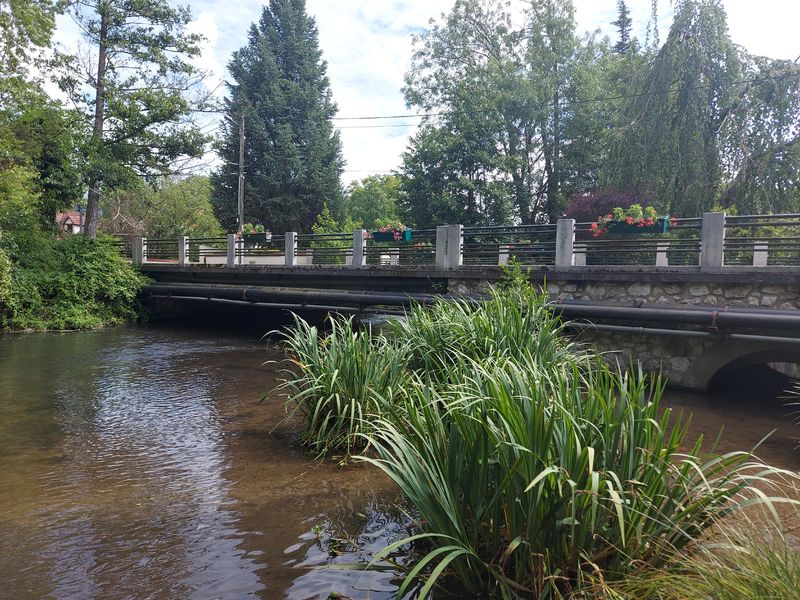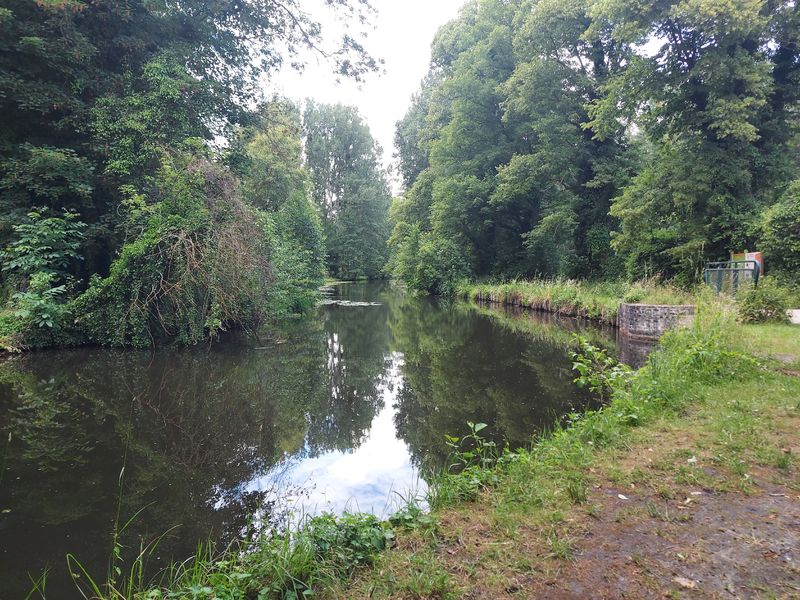Gironville sur Essonne
Gironville-sur-Essonne
Patrimoine culturel
Gironville-sur-Essonne is a calm and small village located in the Parc Naturel Régional du Gâtinais Français. The village is crossed by the Essonne River and its different arms.
-------------
HISTORY
We can trace back the history of Gironville back in the 9th century. At the time, the village was named Gisoni Villa. After that, the name changed for a while and was associated with Buno, the nearby village. In 1793, the village was named Gironville but “sur-Essonne” was only added during the 50s.
Gironville-sur-Essonne was freed by the American Army and the FFI (French Forces of the Interior) on the 22nd of August 1944. Thankfully no civilian victims were reported. Only a few days before, Germans invaded Buno and Gironville. They destroyed several bridges, damaged houses and injured a few persons.
-------------
HERITAGE
The Church of Saint-Pierre
The origins of the church can be traced back to the end of the 11th century. Its nave and façade are a reflection of this past. The choir and the bell tower were built during the 12th century. It is important to note that the Roman church entirely changed during the 15th century.
The church is very original because of its two bell towers that can be seen outside. Indeed, the wall-belfry is from the 11th century but the bell tower with a gable roof was added later.
A few tombstones can be seen inside the church including one from the Middle Age and another sculpted one from 1633. This tombstone, the baptismal font made of red marble and several statues are classified as part of the Monuments Historiques. We can also note that there are beautiful stained glass windows made by the workshop Gesta de Toulouse which were ordered in 1886.
++++
The Wash-House
The wash-house of the village was built in 1867 in the name of public health. It was a meeting point for washerwomen. At the time, they were surnamed the “water hens” because of their work in the water and also because they were used to share gossip. The wash-house is part of the Répertoire Départemental and was restored a few years ago.
++++
The Mural Snowplow
As in numerous villages in Essonne, Gironville-sur-Essonne has a mural snowplow. It was used until 1979 and was pulled by horses, and then by tractors, to shovel snow on the roads.
++++
The Mills
The village is crossed by several arms of the Essonne River, so it is normal that numerous mills were built throughout the years. In 1900, four mills were counted : the Moulin de Buno, the Moulin de la Bonde, the Moulin de Vicq and the Moulin de Girolles. For a long time, it was the main industrial activity of the village as it was transforming wheat to flour. Nowadays, the Moulin de Vicq is used as a bed and breakfast.
++++
The Roadmenders’ Cabins
Several cabins made of stone can be seen along the roads of Gironville-sur-Essonne : those were roadmenders' cabins. During the 19th century, those cabins were used by roadmenders to stock their tools and to protect themselves from the bad weather. Roadmenders were surnamed as “agents voyers” because they were taking care of roads and paths of common interest. Each roadmender was taking care of a special canton, which gave the French name of “cantonnier” (translated as “roadmender” in English).
++++
The Trough
In the locality of Girolles in the center of Gironville, we can see an old trough dating back from the 19th century. Until the 30s, there was no running water in the area.As a consequence, a lot of villages had a trough for horses, bovines and sheeps to drink from. Those thoughts were so important at the time that they were symbolized on military maps.
++++
SOURCE: Mairie de Gironville-sur-Essonne, Corpus Étampois, Les Amis de Milly-en-Gâtinais et Environs, Parc Naturel Régional du Gâtinais Français
HISTORY
We can trace back the history of Gironville back in the 9th century. At the time, the village was named Gisoni Villa. After that, the name changed for a while and was associated with Buno, the nearby village. In 1793, the village was named Gironville but “sur-Essonne” was only added during the 50s.
Gironville-sur-Essonne was freed by the American Army and the FFI (French Forces of the Interior) on the 22nd of August 1944. Thankfully no civilian victims were reported. Only a few days before, Germans invaded Buno and Gironville. They destroyed several bridges, damaged houses and injured a few persons.
-------------
HERITAGE
The Church of Saint-Pierre
The origins of the church can be traced back to the end of the 11th century. Its nave and façade are a reflection of this past. The choir and the bell tower were built during the 12th century. It is important to note that the Roman church entirely changed during the 15th century.
The church is very original because of its two bell towers that can be seen outside. Indeed, the wall-belfry is from the 11th century but the bell tower with a gable roof was added later.
A few tombstones can be seen inside the church including one from the Middle Age and another sculpted one from 1633. This tombstone, the baptismal font made of red marble and several statues are classified as part of the Monuments Historiques. We can also note that there are beautiful stained glass windows made by the workshop Gesta de Toulouse which were ordered in 1886.
++++
The Wash-House
The wash-house of the village was built in 1867 in the name of public health. It was a meeting point for washerwomen. At the time, they were surnamed the “water hens” because of their work in the water and also because they were used to share gossip. The wash-house is part of the Répertoire Départemental and was restored a few years ago.
++++
The Mural Snowplow
As in numerous villages in Essonne, Gironville-sur-Essonne has a mural snowplow. It was used until 1979 and was pulled by horses, and then by tractors, to shovel snow on the roads.
++++
The Mills
The village is crossed by several arms of the Essonne River, so it is normal that numerous mills were built throughout the years. In 1900, four mills were counted : the Moulin de Buno, the Moulin de la Bonde, the Moulin de Vicq and the Moulin de Girolles. For a long time, it was the main industrial activity of the village as it was transforming wheat to flour. Nowadays, the Moulin de Vicq is used as a bed and breakfast.
++++
The Roadmenders’ Cabins
Several cabins made of stone can be seen along the roads of Gironville-sur-Essonne : those were roadmenders' cabins. During the 19th century, those cabins were used by roadmenders to stock their tools and to protect themselves from the bad weather. Roadmenders were surnamed as “agents voyers” because they were taking care of roads and paths of common interest. Each roadmender was taking care of a special canton, which gave the French name of “cantonnier” (translated as “roadmender” in English).
++++
The Trough
In the locality of Girolles in the center of Gironville, we can see an old trough dating back from the 19th century. Until the 30s, there was no running water in the area.As a consequence, a lot of villages had a trough for horses, bovines and sheeps to drink from. Those thoughts were so important at the time that they were symbolized on military maps.
++++
SOURCE: Mairie de Gironville-sur-Essonne, Corpus Étampois, Les Amis de Milly-en-Gâtinais et Environs, Parc Naturel Régional du Gâtinais Français
Prestations, conforts et services
- French


